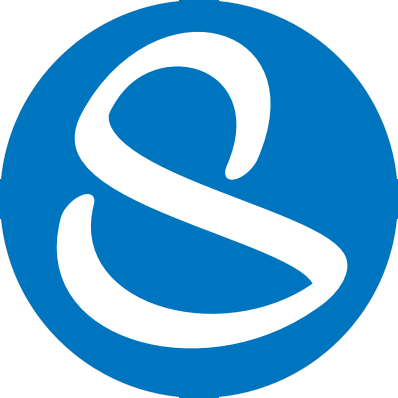“Engineers at the Toyota Technical Center use hetakuso-sekke, which is the small booklet containing the failures experienced in the past.”
Kunihiko Masaki, former President of Toyota Technical Center, Ann Arbor
Despite colossal investments of both human and capital resources, most companies have continued to struggle to make organizational learning a true competitive advantage. Once reason is because their focus has typically been on tools that manage explicit or procedural knowledge, which is, although expensive, relatively easy to do, and easy for competitors to replicate. It is in leveraging “tacit” knowledge, or know-how that is the greatest source of competitive advantage. The focus must be on tools that help the organization change the way things actually get done. This type of knowledge is embedded in people and culture; it is around tacit knowledge that the best learning tools and technologies are built and designed.




